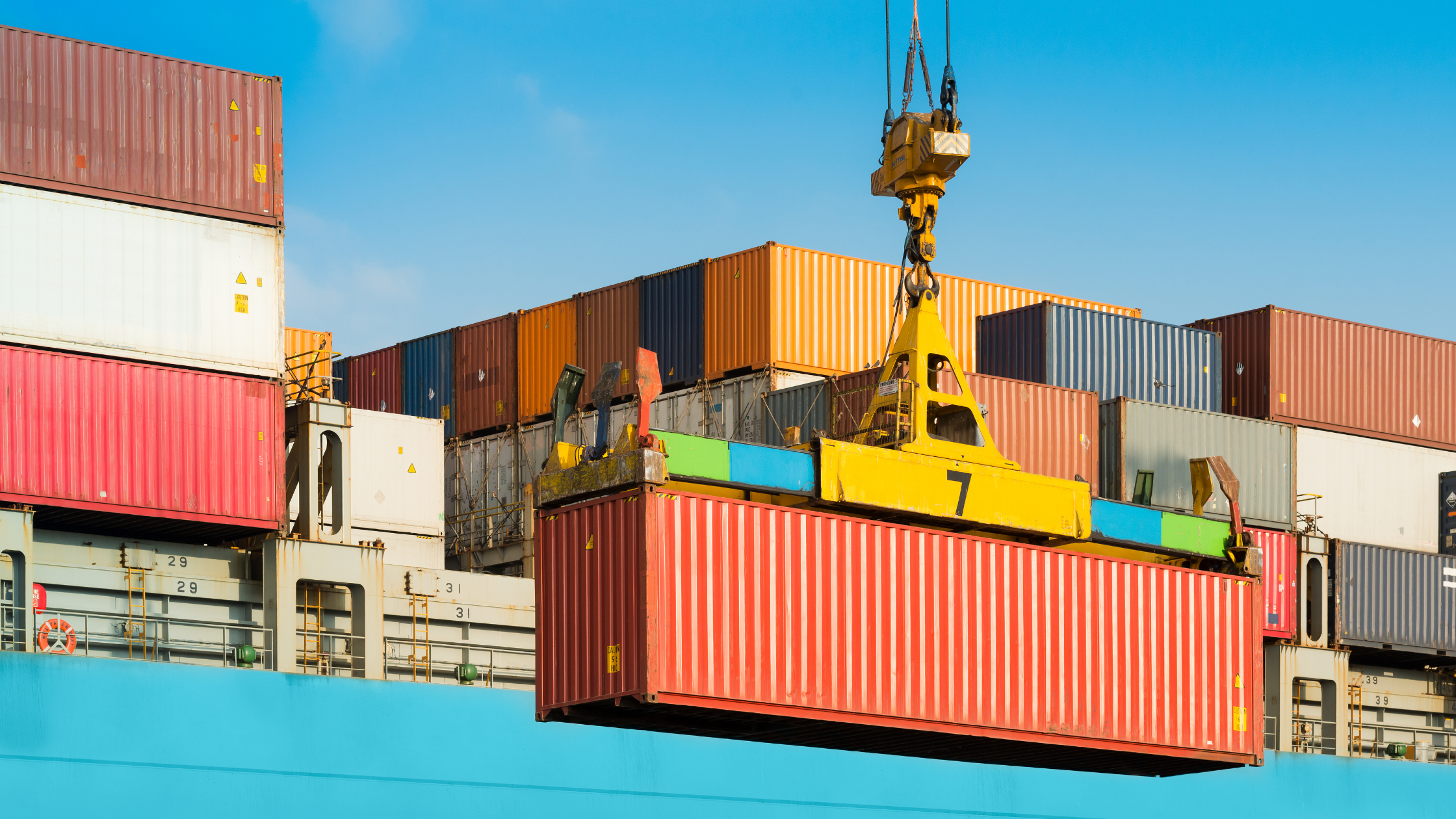
In ocean freight, ensuring cargo is loaded safely and efficiently aboard vessels is a top priority. One important regulation that supports this goal is the Verified Gross Mass (VGM) requirement. While it may seem like just another document in the shipping process, VGM plays a vital role in maritime safety and operational efficiency.
In this article, we’ll break down what VGM is, why it matters, how it's calculated, and how shippers can automate VGM filing to stay compliant without adding extra workload.
What is VGM?
VGM stands for Verified Gross Mass, which refers to the total weight of a packed shipping container, including both the cargo and the container itself (also known as the tare weight). The requirement for VGM was introduced by the International Maritime Organization (IMO) under the SOLAS (Safety of Life at Sea) convention and became mandatory in July 2016.
Before any loaded container can be loaded onto a vessel, the shipper must submit its verified weight to the ocean carrier and terminal. Without this information, the container will not be allowed on board.
Why is VGM important?
The VGM regulation was put in place to address a serious safety concern: incorrect or misdeclared container weights. When containers are heavier than declared, or when the weight is unknown, vessels can be improperly balanced, leading to a range of hazards including:
-
Collapsed container stacks on deck
-
Vessel instability or capsizing
-
Equipment damage
-
Injury or loss of life at sea or in port terminals
By ensuring that all containers loaded onto a vessel have an accurately reported weight, VGM helps carriers stow containers more safely and maintain vessel stability.
Who is responsible for VGM?
According to the SOLAS regulation, the shipper named on the bill of lading is responsible for providing the VGM. This doesn’t necessarily mean the company that physically packs or weighs the container, but the party listed as the shipper in the documentation.
This responsibility means shippers must coordinate closely with freight forwarders, carriers, suppliers, and terminals to ensure the VGM is calculated, submitted, and received on time typically no later than the cutoff set by the carrier or port terminal.
How is VGM calculated?
There are two official methods approved by the IMO for determining the VGM of a container:
Method 1: Weighing the packed container
This involves weighing the sealed, fully packed container using a certified and calibrated weighing system (e.g., truck scales, weighbridges). The resulting weight is the VGM.
Method 2: Weighing cargo and contents separately
Here, the shipper weighs each item to be packed (including pallets, packaging, and securing materials), sums up the total, and adds the container’s tare weight (which is typically marked on the container door).
While both methods are valid, the choice depends on the shipper’s operations and access to certified weighing equipment. Method 2 is often preferred for operational flexibility but requires strict internal controls to ensure accuracy.
How to submit VGM?
Once the VGM is calculated, it must be submitted to the ocean carrier and/or terminal operator in accordance with their specific cut-off times. In most cases, the VGM is sent either:
-
Directly to the carrier, via their online platform or EDI system
-
Through a freight forwarder or 3PL, who handles the communication
-
Via a shipping platform, like BuyCo, that centralizes the process
It’s important to note that VGM is often submitted at the same time as the Shipping Instructions (SI), typically shortly after the booking is confirmed. If VGM is missing or submitted late, the container may be refused at the port or rolled to a later vessel, causing delays and additional costs.
To avoid last-minute issues, shippers should build VGM submission into their booking workflow and ensure all parties involved are aligned on timing and responsibilities.
What happens if VGM is not submitted?
Failing to submit the VGM on time or providing incorrect weight data can result in serious consequences, including:
-
Containers being denied loading at port
-
Shipping delays
-
Additional costs such as storage, demurrage, or rebooking fees
-
Potential penalties or fines depending on local regulations
This makes VGM management a key part of shipping execution, not just a formality.
How to automate VGM filing
Manually collecting container weights, calculating VGM, and sharing it with carriers can be time-consuming especially when dealing with high volumes of containers or global shipping operations. The process often involves multiple emails, spreadsheets, and coordination between teams, leaving room for delays or errors.
This is where a collaborative ocean freight platform like BuyCo makes a real difference.
With BuyCo, shippers can automate and streamline the entire VGM process:
-
Assign responsibilities for VGM calculation and submission directly within the platform
-
Collect container weights from suppliers, forwarders, or logistics partners in one centralized space
-
Send VGM to carriers automatically and in the right format
-
Track VGM status in real-time to ensure no shipment misses the cutoff
By automating VGM filing, shippers can reduce the risk of delays, eliminate repetitive manual work, and ensure compliance with SOLAS regulations at scale.
👉 To go further, explore our full guide to VGM management.
VGM compliance is a key part of safe and efficient container shipping. But for many shippers, collecting accurate weight information, coordinating with partners, and submitting VGM on time can become a source of stress and delay—especially when handled manually.
Conclusion
By automating the VGM process with a digital solution like BuyCo, shippers can reduce risk, improve coordination, and save valuable time. Whether you're managing a few shipments a week or hundreds per month, having VGM integrated into your shipping workflow helps keep your operations running smoothly and your containers moving without disruption.
Curious how BuyCo can help you simplifies VGM filing and automate your container shipping operations process?




